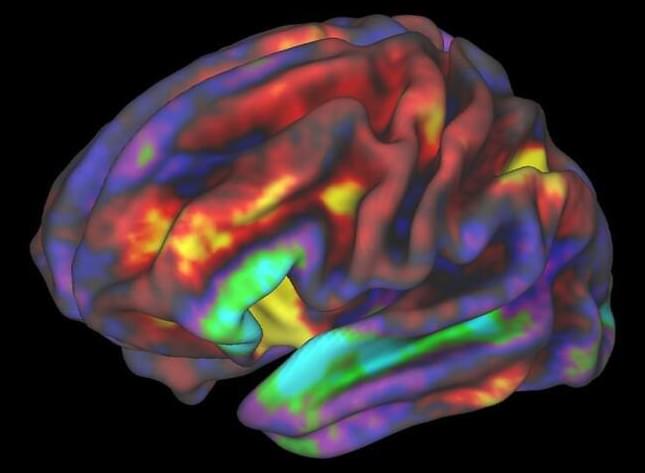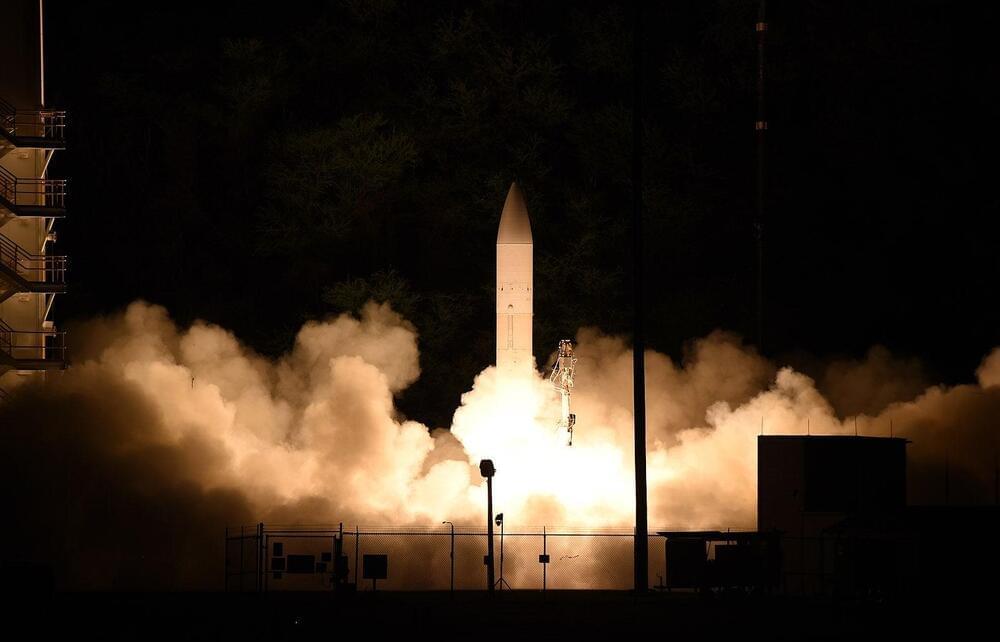Mar 11, 2023
Google engineers had built ChatGPT-like AI years ago but executives blocked it
Posted by Gemechu Taye in category: robotics/AI
Google executives had blocked the AI chatbot from public testing, citing concerns that it did not meet company standards.
Years ago, Daniel De Freitas and Noam Shazeer, engineers at Google, had developed a ChatGPT-like conversational chatbot that could talk about philosophy and TV shows and make pun jokes.
Conversational chatbots are the shiny new thing in the tech industry, with companies looking to incorporate them across their products.
Continue reading “Google engineers had built ChatGPT-like AI years ago but executives blocked it” »


















